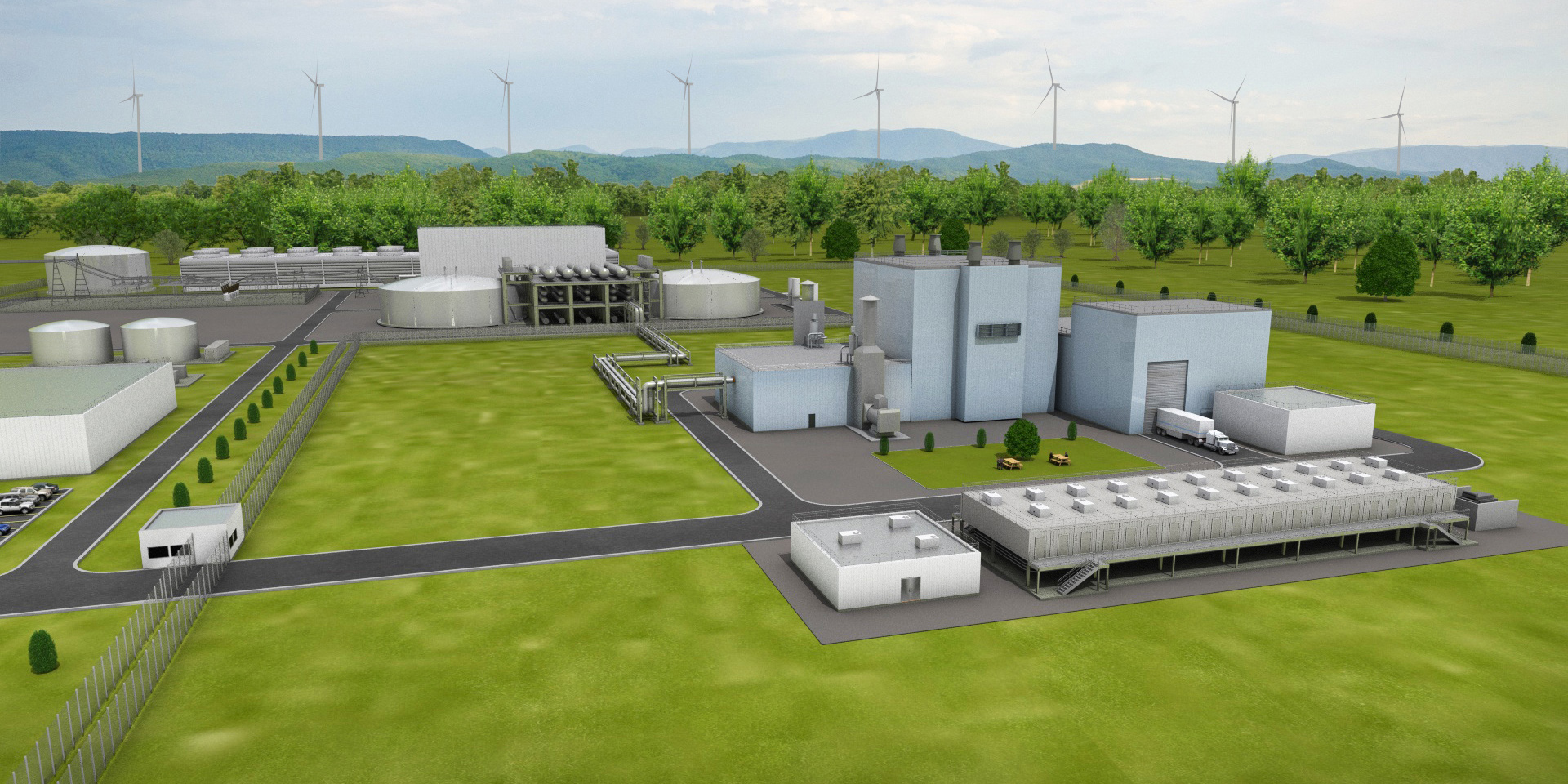Nuclear is key for grid resilience in an increasingly decarbonized world

Amy Roma
Flipping on a light switch and knowing that the power will come on is a luxury. While it sounds like a simple act, it is achieved through deliberate government policies that ensure our electricity comes from a mix of sources, some of which are continuously operational—such as nuclear and gas—and some of which only operate at certain times—such as wind and solar. If any one source is unavailable or overly expensive, another source needs to deliver on demand. Diversity of energy sources ensures the grid is able to adapt and recover from changing conditions so that we can always flip the lights on.
While grid resilience—the grid’s ability to anticipate, absorb, and recover from major disruptions and rapidly restore electric service in their wake—is a matter of paramount importance, the source diversity required to achieve this is at risk. For power grids relying on renewables, supply and demand hang in a balance based on time of day and weather.





